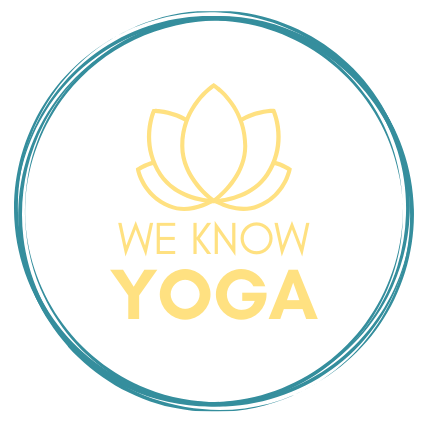You’ve earned your yoga instructor certification. That means you’ve spent 200, 500 or more hours working on fine-tuning your craft. Now it’s time to turn your passion into a profession.
First, it’s important you understand that yoga can be a tough business market to break into. There are studios on every street corner, in every gym and even in bars and breweries. The upfront costs of opening a studio can also be pretty high. You shouldn’t let that reality deter you from taking the next step on your journey as a certified yoga instructor. In fact, you should see it as an exciting invitation to think differently about yoga and business, and ultimately create something uniquely transformative for yourself and your clients.
Can’t decide what to do next on your yoga teacher journey? Should you open a studio or teach online? How can you find clients—and more importantly, keep them coming through your doors? Here’s a handy guide that walks you through some of the basic considerations you should make as you develop your yoga business and brand.
Own your own studio vs. work for an established studio
There are many pros and cons that factor into deciding whether to open your own studio or work for an established one. Many of these choices have to be made subjectively, based on your own personal goals, experiences and finances.
Have you ever run a business before, even if it wasn’t related to yoga? If the answer is yes, then you are likely more familiar with the ins and outs of being a business owner—which can be a big benefit to opening your own studio. However, keep in mind that most studio owners say that running the business winds up taking more of their time than teaching. If focusing on your teaching style and voice is a priority, then working for several established studios is a quick and effective way to find your flow.
Establish your own niche
The key to starting a business as a yoga teacher is to get creative—start a business that stands out by offering something no one else does. Yoga is far too mainstream for teachers without a niche to succeed in as business owners.
Think of what drew you to yoga. Now, think of what inspires you to start your own business. Chances are, your niche is somewhere hidden in the intersection of those two dreams. The beauty of yoga is that it is so flexible—yes, it makes people flexible, but the practice itself can be molded and inserted into almost any hobby, activity, culture, philosophy or community.
Start up a mobile yoga company teaching in bars and restaurants like the Albuquerque-based YogaZo. Offer a specialized practice for marathon runners and athletes at national-chain stores like Fleet Feet. Think about what you can offer and what your community needs to find a niche that only you can fill.
Develop a brand and a business plan
Discover the kind of working capital you need to start your own yoga business by developing a business plan that includes financial aspects like class rates, overhead expenditures, equipment costs, and start-up expenses. Make sure this plan also includes your business name and important aspects of your brand like designing a logo, building a website and building marketing plans.
Find (and keep!) clients
Creating, expanding and sustaining your client base is the key to a successful yoga business. Whether you are working in your own studio, at a gym or in the community, repeat clients are a lifeline to getting your business off the ground. Always remember it’s as much your personality as your yoga style that engages clients. Students want a teacher they can respect and admire, but also someone accessible with whom they can bond.
First, consider offering at-home private and small group lessons. Second, create workshops and series that require people to sign up for several weeks at a time. Next, create a website with a blog that provides useful information to yoga practitioners. Consider posting a weekly video of a pose breakdown or an alignment adjustment. Be sure you are sharing your online content across all your social channels.
Another way to widen your net is to teach a few classes at churches, community centers, schools, gyms and even in restaurants and bars. Sign up to be a guest instructor at a fitness store, like Lululemon or Dick’s Sporting Goods. Finally, think about giving away a few classes for free or offering a free class to someone who brings a friend who is new to your class.
Offer online classes
In times like these, more and more yoga teachers and studios are taking their classes online. With Zoom, Google Hangouts, Skype, and other online video platforms, yoga teachers can really break the third wall that often limits them as teachers. You can talk directly to students as they are practicing, providing critical feedback on form.
Expand your online reputation by mixing up the styles, lengths and costs of your online classes—and consider offering at least one or two a month for free. Think of class themes that apply to current events like Yoga for Anxiety, Meditation for Monday or Core Poses for Summer Bodies. It can also be a good idea to connect your online classes to the community by giving away a portion of the proceeds to charities, nonprofits and life-saving causes.
Starting your yoga teaching business might be challenging at first, but it can be a rewarding career that lasts your entire life. The joy you found on your yoga journey is something you can share with others, in a way that is uniquely and authentically you.
